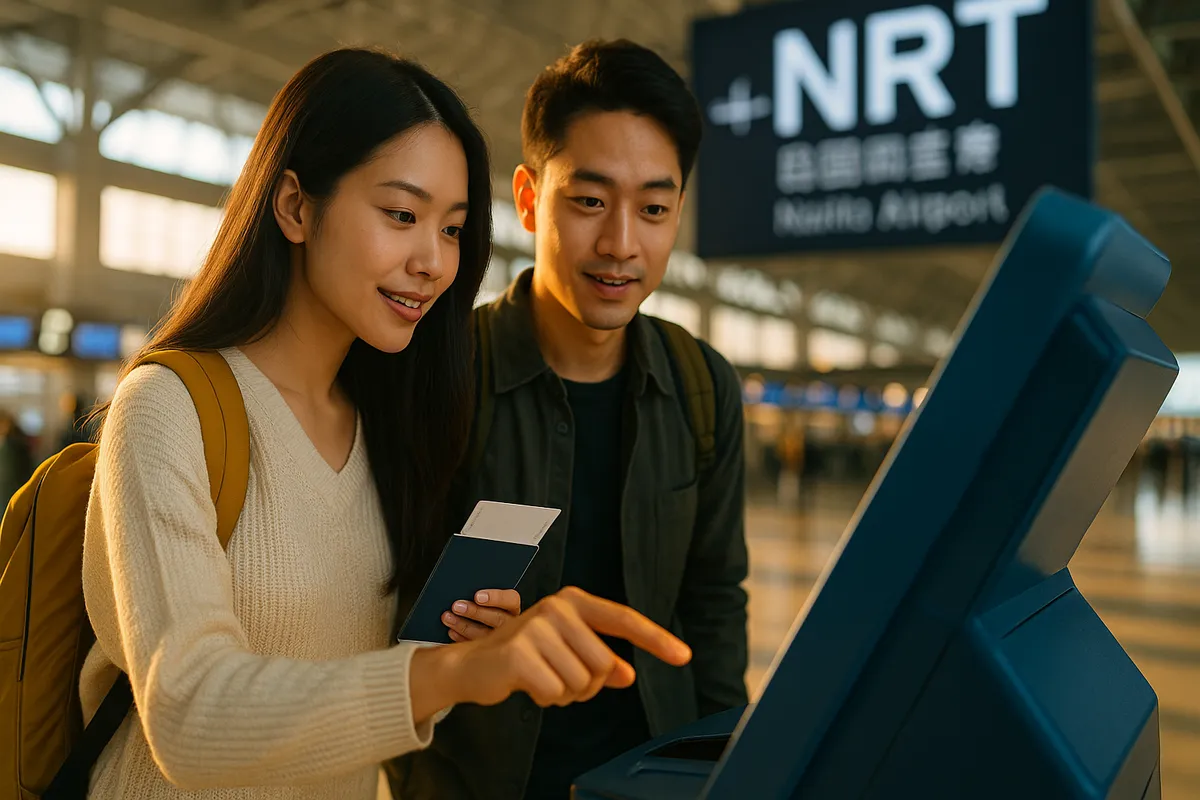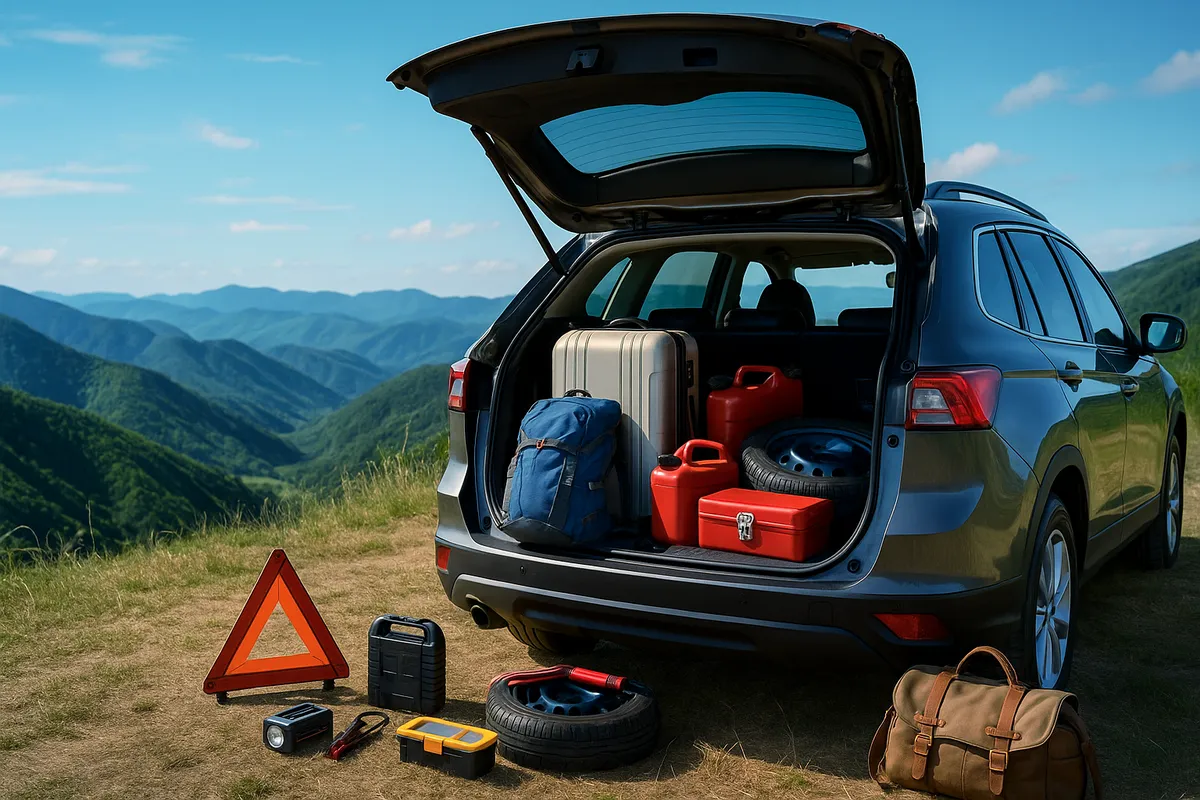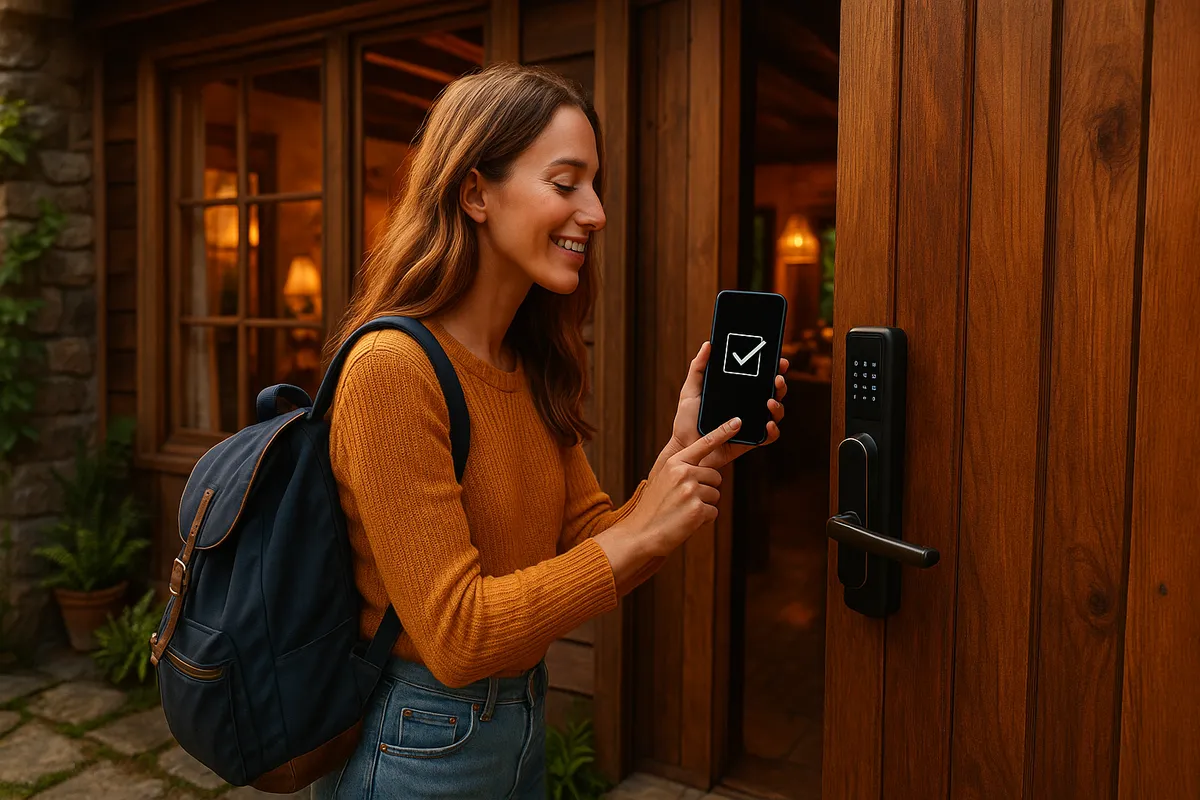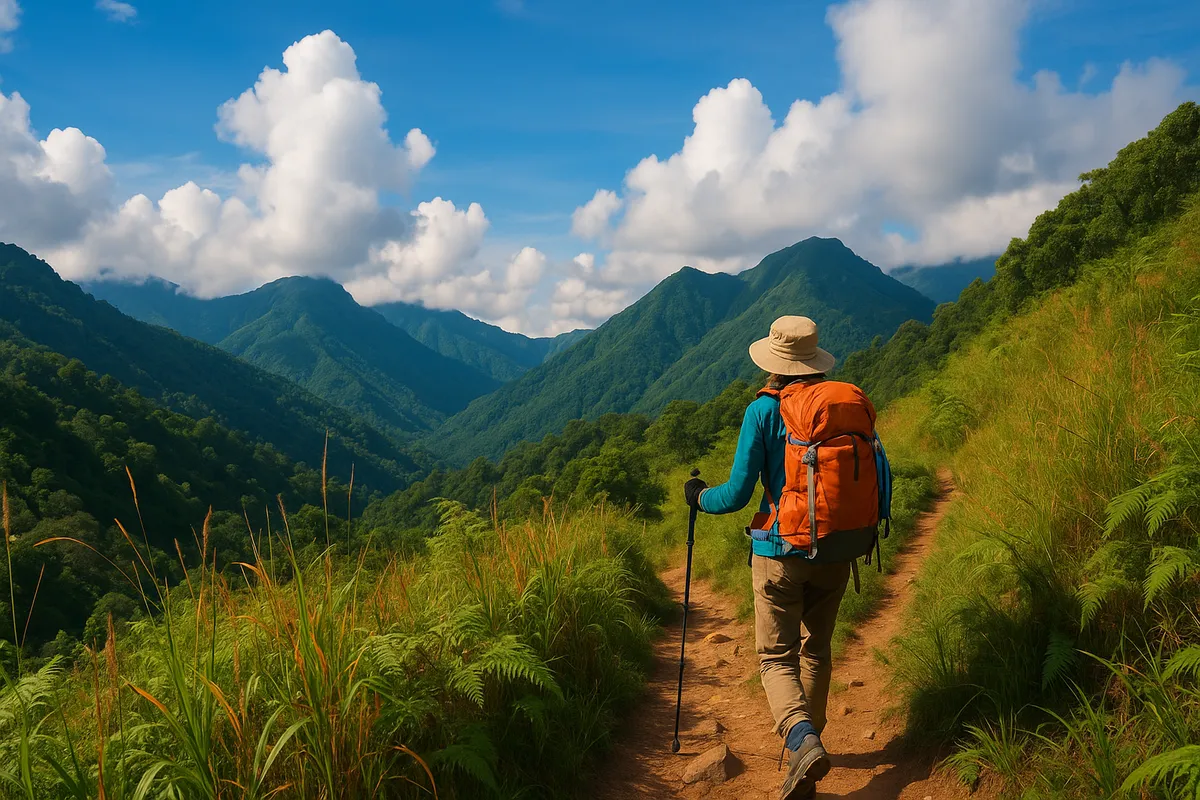Avoid getting lost when traveling in large groups with tips that no one teaches you
- Saturday, May 24, 2025, 10:46 (GMT+7)
Avoid getting lost when traveling in large groups with tips that no one teaches you
There is one undeniable truth about group travel that often makes people nervous. It is not just the noise, the waiting time, or the pressure to socialize with strangers. It is the very real fear of getting separated. In a moment of taking photos, stopping for a drink, or simply resting tired feet, the panic of looking up and seeing no familiar faces can crush the excitement of an entire trip. But with the right tips, even the largest group journeys can feel secure and enjoyable.
Over the years, many unexpected and sometimes humorous stories have emerged from group tours to temples, beaches, cities, or mountain trails. Someone got lost in the middle of Ben Thanh Market, another wandered too deep into Cuc Phuong Forest while chasing butterflies, and yet another was left behind in a highway rest stop bathroom. These seemingly rare events happen more often than you think. And from them, a wealth of collective wisdom has formed, passed along like survival guides for those who have struggled in a crowd.
One of the first golden rules is to memorize a clear visual cue of the tour leader or guide. Not everyone remembers a name or face in a rushed morning departure. But if someone always carries an orange bag, wears a polka dot shirt, or dons a bright-colored hat, make a mental note. These little visual details can help you spot your group faster than asking around blindly. An older traveler once found her way back to the bus in Tay Ninh just by recognizing the familiar green umbrella held by her group leader.
The next tip is to dress in matching or easily recognizable items. This trick has worked wonders for student tours, company outings, and big family trips. A group wearing the same hat, scarf, or even a reflective sticker on the back of their shirts stands out in a sea of tourists. It might look a bit flashy at first, but when lost in a crowd, visibility becomes your best friend.
Another highly practical method is real-time location sharing on your phone. Most smartphones today support this feature, and with just a single tap, you can see exactly where someone is. In trekking tours or nature explorations, staying connected through shared location is sometimes more useful than radios or calls. One group of young travelers in Bidoup Forest avoided getting separated simply because they turned on live location sharing before signal loss in the deep woods.
Not everyone is tech-savvy or comfortable using smartphones, which is why an old-school solution like a printed ID card worn around the neck or wrist still works wonders. It should include the group name, tour leader’s phone number, destination, and vehicle license plate. If you get lost, someone nearby can easily help you contact the right person. One middle-aged traveler left behind at Co To Wharf was quickly reunited with his group thanks to a small tag attached to his backpack.
Whenever arriving at a new place, especially for short stops, take time to observe memorable surroundings. It could be a numbered utility pole, an animal statue, a unique restaurant sign, or even a stone bench with an unusual design. One traveler once said that remembering “a leaning tree near a yellow drink stall” was all it took to find the tour bus after a brief moment of confusion.
A rarely used but extremely effective trick is to record a quick voice memo of your group’s name and schedule and save it as a playable audio file. During long walks or continuous sightseeing, forgetting your hotel name, pick-up spot, or meeting time is common. Playing that recording can help you regain your bearings or let others assist you more accurately. One group traveling in Thailand avoided panic in a large shopping mall thanks to a morning voice memo from their guide.
For groups with young children or elderly travelers, assigning someone to watch over them should be decided in advance. Children should not run freely and seniors should not leave the group on their own. Create buddy pairs or small sub-groups with a designated point person. If an issue arises, it can be reported quickly without delays. This is especially crucial during festival tours or trips that involve multiple vehicle transfers.
Mental preparedness is just as important. Many people panic when separated and make rash decisions like wandering around, taking a random taxi, or asking the wrong person for help. The right move is to stop immediately, find a safe spot, turn on your phone, and call someone in charge. If there’s a security booth, information desk, or surveillance camera nearby, go there first. Most major tourist spots now provide lost-and-found support if you can give enough details.
Another commonly overlooked issue is time management at each stop. Everyone thinks “just five minutes,” but five minutes can be long enough for the bus to leave without realizing someone is missing. Make it a habit to check the time, set alarms, or agree with a friend to remind each other. In professional tours, leaders often give frequent reminders, but in family-organized or large backpacking groups, this step is often ignored.
Finally, the most powerful tool in any chaotic moment is your mindset. Stay calm, stay proactive, and stay positive. Getting lost is not as scary as losing your composure. Every journey comes with surprises, but the true traveler is the one who handles mishaps with logic and preparation. In doing so, not only do you ensure your own safety, but you may end up helping others in the same situation.
Group travel does not have to be stressful if you set your safety anchors before the journey even begins. With a bit of planning, a bit of awareness, and a bit of discipline, even the busiest trips can remain smooth, joyful, and complete. And often, it is these tiny strategies that make the entire experience even more memorable.

 CHECKIN.VN
CHECKIN.VN








Share on